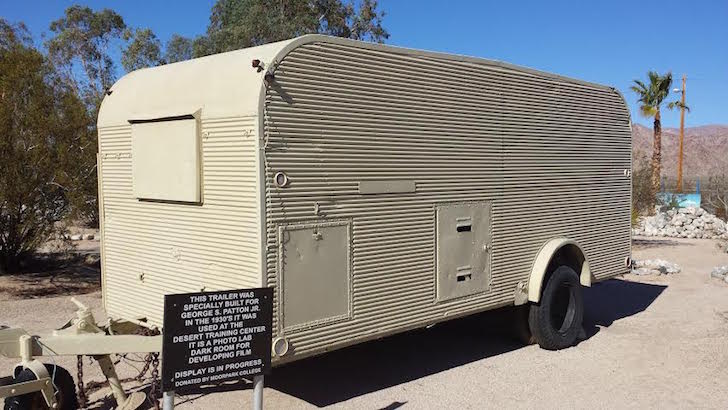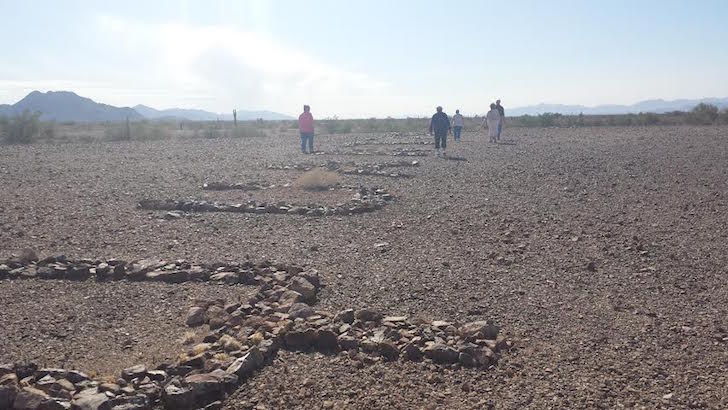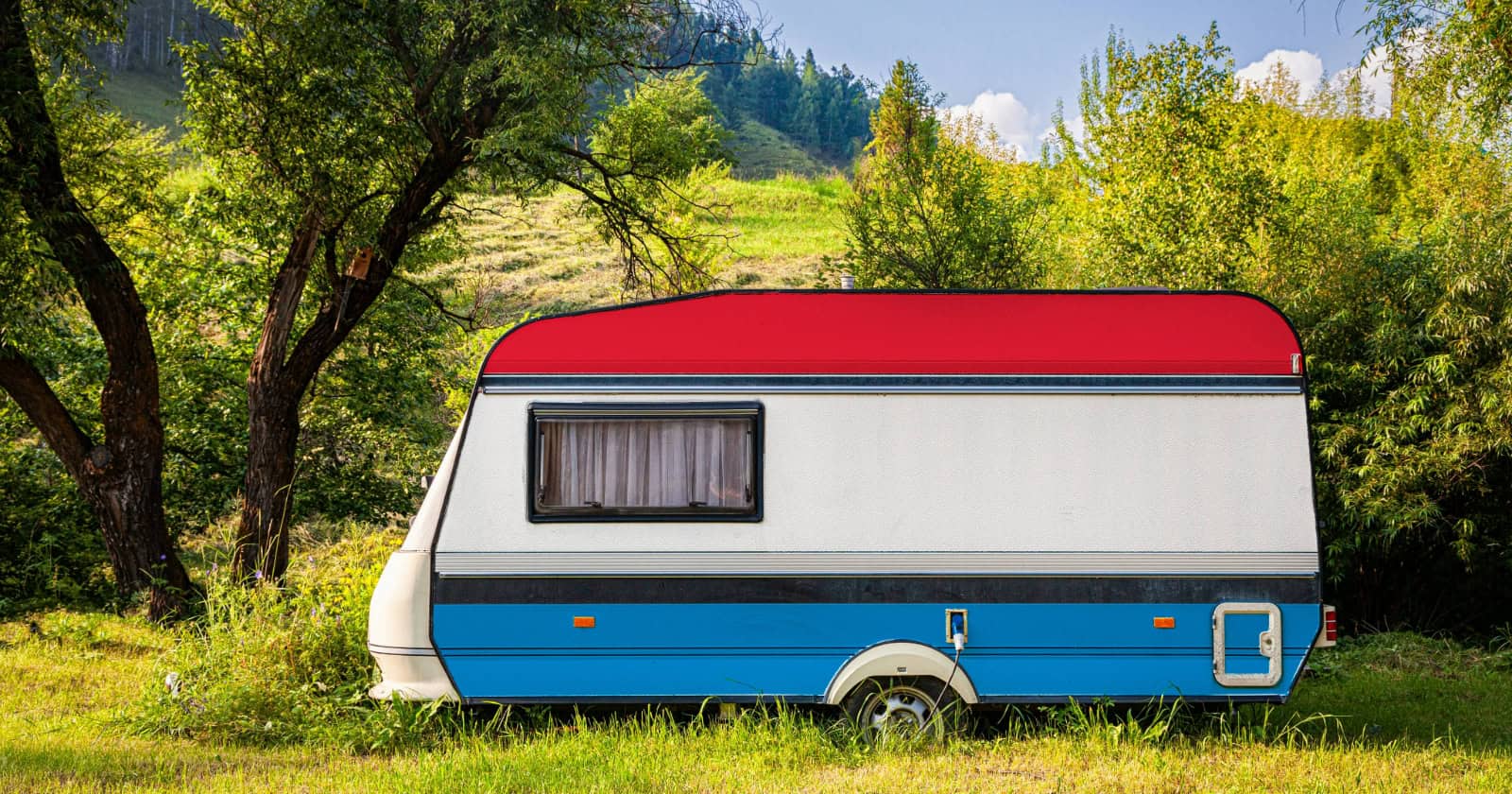The area around Quartzsite, Arizona played host to huge training exercises under the direction of General George S. Patton during World War II.
The infamous World War II general conducted desert warfare training exercises in the vast area west of Phoenix. This training helped prepare over a million soldiers for the difficult struggle they would face in Europe and the deserts of North Africa.
Commemorating the scope of his World War II career, the General Patton Memorial Museum located in Chiriaco Summit, California is a must-visit for any history or war buff.
The museum features exhibits on other military conflicts including Korea and Vietnam, and more recently Iraq and Afghanistan. An entire room in the museum is dedicated to Medal of Honor recipients, including those most recently awarded.
You’ll find throughout the museum military artifacts from the United States and from armies around the World. Tanks formed the backbone of General Patton’s command experience, and many historically accurate models are on display at the museum.
And speaking of RVs, did you know that General Patton used a modified trailer for his photography laboratory? It’s on display at the museum as well.
General Patton used this trailer as his personal mobile dark room during training exercises.

All that remains of most structures built to support this large training area are long gone. Depending on where you go, you might come across the stone foundations that marked the position of various buildings and barracks.
Numbers in the Sand
About a dozen miles north of Quartzsite lies one of the more interesting mementos of World War II wartime training.
Women pilots transported new airplanes across the country through the WASP organization (Women Airforce Service Pilots). One of the places they would train to learn how to fly the bombers and fighters was at an airfield near Quartzsite.
To help them find the airport, the Desert Training Center laid out large letters made from painted white rocks that spelled out Quartzsite, followed by a directional arrow and the number 11 to indicate eleven miles to the runway.
You can still see the huge stone markers today.

The directional indicator is still easily visible from the sky, though the white paint is all but gone from 70 years of exposure to the desert sun.
Not Much Remains
This was the largest military training grounds in the world. 18,000 acres of varying terrain provided the perfect location to train for any scenario a mechanized force could encounter.
Headquarters for the Desert Training Center, Camp Young, was located in Chiriaco Summit. At the time it was the largest military post in the world.
One of the most recognizable remnants of those few years during World War II is Camp Iron Mountain. Under the protective care of the Bureau of Land Management, many of the stone mosaics, rock-lined roads, and pathways in and around the camp still remain.
Conclusion
World War II was a terrible time in World history. It’s no small statement to say that without the opportunity to properly train our troops, the outcome could have been much different. The terrain around Quartzsite gave our troops the upper hand, and allowed them to prepare to fight – and win.
Often when we think of the southwest, we think of the Wild West days of cowboys and Indians or of pioneers traveling to the coast. But Quartzsite has other stories to tell, and its role in World War II shouldn’t be overlooked.



